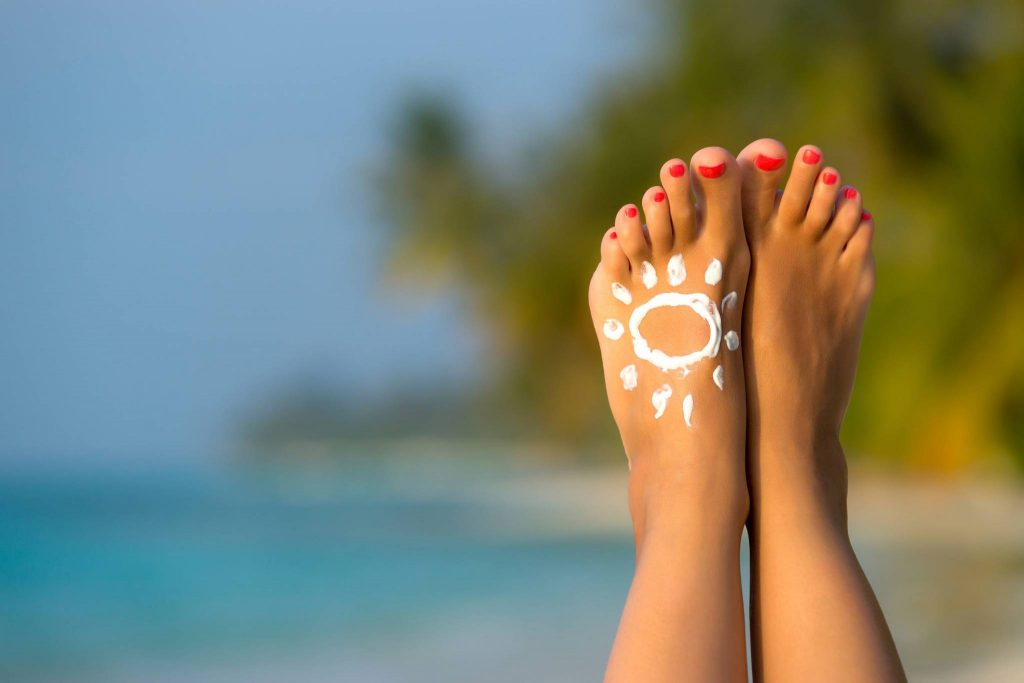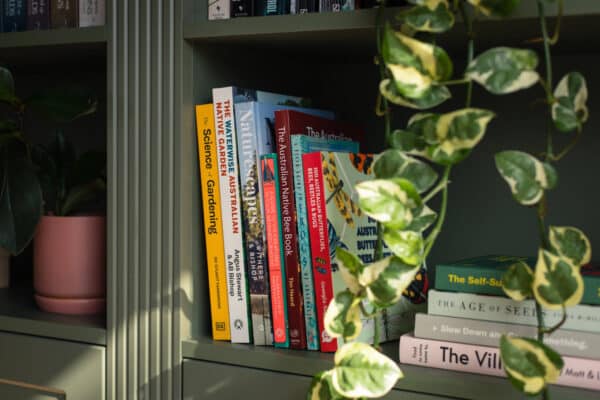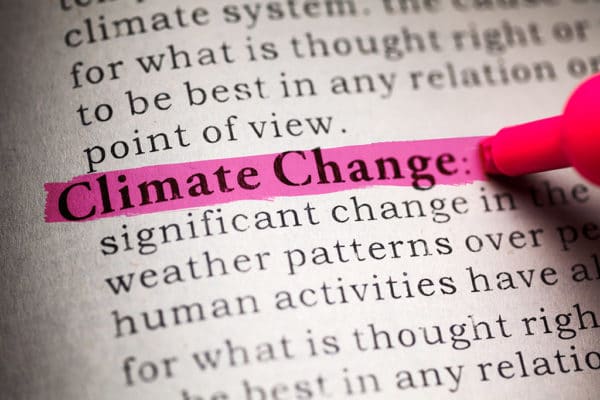With warm temperatures and high UV factor from a thinning ozone layer, sun protection is a hot topic in Australia.
Even more concerning, there is growing evidence that the chemicals contained in some sunscreens are washing off into the ocean and damaging coral reef and marine life.
With 85% of Australians living within 50 kilometers of coastline and Australia containing the world’s largest coral reef, the Great Barrier Reef, it’s an issue that needs addressing.

Over the last few years, there has been a major concern around coral reef bleaching (i.e. starvation), focusing on the Great Barrier Reef. A coral reef is a living ecosystem, which protects coastlines and provides habitats for diverse marine life.
The coral reef is not only essential to marine life but also provides healthy environments for humans and the Great Barrier Reef alone provides over US $1 billion per year from tourism.
There’s a multitude of reasons for coral reef bleaching, from rising temperatures due to climate change, to pollution. However, a 2016 report by forensic ecotoxicologist Craig Downs found a direct link between chemicals found in most sunscreens and coral reef death.
The main culprits are oxybenzone and octinoxate (also called BP-3 or Benzophenone-3). This year, Hawaii took direct action to protect its marine ecosystem, banning the sale of any sun protection containing oxybenzone or octinoxate based on the findings of the report.
‘Two chemicals contained in many sunscreens, oxybenzone, and octinoxate, have significant harmful impacts on Hawaii’s marine environment and residing ecosystems, including coral reefs that protect Hawaii’s shoreline. Oxybenzone and octinoxate cause mortality in developing coral; increase coral bleaching that indicates extreme stress…’ –

HOW CONCLUSIVE IS THE EVIDENCE?
According to marine ecology researcher Cinzia Corinaldesi, who has studied the impact of sunscreens on coral reefs since 2003, the problem is that “unfortunately, oxybenzone is not the only harmful ingredient of sunscreens.” Other UV filters, including zinc oxide, are proving to have an impact on coral bleaching—and the ban does nothing to prevent these.
The science community jury is still out.
THE SOLUTION?
Until there is a complete ban on the use of oxybenzone and octinoxate in sunscreen in Australia, look at the ingredients list of any SPF products to avoid these chemicals.
As an alternative, look for a physical sunblock with active mineral zinc oxide. Physical sunscreen works by sitting on the skin as a barrier against the sun’s harmful rays, rather than chemical which absorbs it from within the skin. Traditionally chemical sunscreens have been lighter, however as physical sunscreens have become more popular they have expanded from thick white pastes to lightweight formulas.
A word of caution when it comes to physical, natural, and mineral sunscreens. They do not work for everyone and not all brands are created equally. Do your research and decide if a zinc-based sunscreen is the right option for you. This is a great read for the differences between chemical and physical sunscreens and all the facts.
In Australia, a lot of brands, including the Cancer Council, have moved towards removing oxybenzone from their products in favour of zinc-based sunblock.
⇨ The Cancer Council recommends avoiding the sun with clothing, hats, and glasses, as well as sun protection!
OUR TOP PICKS
Invisible Zinc Tinted Daywear, $12.99
There is a wide range of affordable products to choose from at Invisible Zinc, depending on the activity from surfing to daywear. I like to use the 4hr water resistant product for surfing, as it’s really thick, but the tinted daywear for work. Invisible Zinc, however, does contain preservatives and some artificial ingredients.
Feel Good Inc Coconut Sunscreen Lotion, $24.95
The holy grail of the sunscreen world, Feel Good Inc. is everything you need in a sunblock – zinc-based, sheer, light, non-greasy, 4 hours water resistant, preservative free, no oxybenzone or octinoxate and cruelty-free. The Australian brand was born from a group of mates, including a doctor and a surfer. This one is loved and used by our founder and most of our team.
Sea Urchin Natural Sunscreen, $24.95
This is without a doubt one of the best natural sunscreens around and contains certified organic ingredients. The Australian-made product contains no reef damaging chemicals and is even waterproof for up to 3 hours.
Wotnot Natural Sunscreen SPF 30+, $28.99
This product has a baby on the front with the tagline ‘gentle enough for babies’. That’s the kind of sunscreen I want on my skin. Using natural and certified organic ingredients for super sensitive skin, Wotnot also has a wide range of products, from baby sun protection to tanning products.


